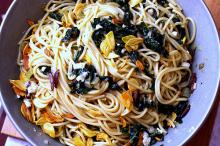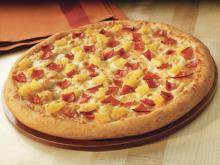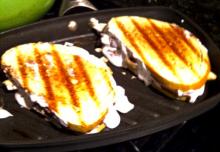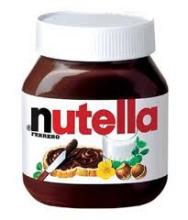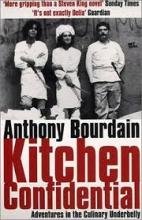Tasty Ways to Avoid Starvation
"Live poor" is one of my big philosophies. I've thought about getting it tattooed across my knuckles just to make sure it happens. Mind you, I'm talking "emerging adulthood" poor, not "struggling to feed three kids" poor. Big difference: I use the phrase to imply a commitment to living efficiently and deliberately without indulging in many of the luxuries that have become standard for many people. True poverty (even the kind that happens in the US) is no fun and shouldn't have to be anyone's lifestyle. Maybe "live small" is a better way of putting it. I try to consume little, spend little, waste little. In a society of excess I try to rein in my own footprint. And that means culling waste from my food purchases.
"Eat well" is another two-word mantra of mine (along with "hakuna matata"). Reconciling those two modes of living may be a challenge sometimes, but I've figured out how to dumb down my cuisine enough for it to feature cheap, delicious, and absurdly simple recipes. "Cooking simply" might be a better way to describe these recipes, but I figure they're fueled by enough laziness (and poverty) to count. I also miraculously manage to screw these up pretty consistently while pulling off my more ambitious culinary endeavors without much incident. But what can I say? I like the simple stuff. Especially when it requires four utensils and three ingredients to make.
I've found that dressing up pasta a little is rather an efficient way to avoid death by hunger. Here are some ways I've found to make cheap food taste good.
Aglio Et Olio
Look! It's got a fancy Italian name! It means you get to feel classy when you make it even though it's really only slightly augmented pasta. All you do with this one is sautee some garlic in olive oil and pour it over cooked spaghetti. If you're feeling really ambitious, you can throw some parsley and parmesan on top of the whole affair. That's it. If done right, it's absurdly tasty. The sweet, earthy tones of the olive oil perfectly cup the sharpness of the garlic on top of your blank spaghetti canvas. Unfortunately, I more often than not start cooking the garlic too early and burn it by the time my spaghetti is edible. That stuff browns fast, so throw it in your oil-slicked pan when you've got about four minutes left on your pasta cooking time. While this dish may seem a little empty, that garlic is in fact pretty excellent for you. It's no health food recipe, but it's not devoid of nutrition either.
Zucchini and Almond Pasta Salad
More delicious pasta with hardly any ingredients. Veggies and nuts are both excellent nutritional additions to any grain, and the lemon in this gives it a welcome kick. Vegans could easily omit the parmesan for a still-tasty dish. Non-vegans need not even sliver the cheese like the recipe dictates; I've tried this recipe with just grated parmesan and it came out just fine.
Asparagus, Goat Cheese, and Lemon Pasta
One of my absolute favorite things to eat, this recipe turns goat cheese and lemon into a creamy sauce that binds the asparagus and rotini together. It keeps well and is delicious cold as a pasta salad as well. And it goes vegan just as easily as the last recipe if you omit the cheese and throw in a little extra virgin olive oil and some extra lemon.
Swiss Chard and Garlic Pasta
A healthier take on the aglio et olio classic, this recipe is extremely versatile. I've included all of the ingredients as listed and I've also made it with just the garlic and chard. It's delicious either way. I find cooked chard to go along with pasta a little better than cooked spinach, but the latter works too. I love the way the soft, cooked leaves play off of the crunchy garlic chips as they bookend your spaghetti.
There you go: pasta plus veggies equals not dying. And that's pretty much all I learned in college. Many thanks to Smitten Kitchen for steering my hunger in the right direction.
